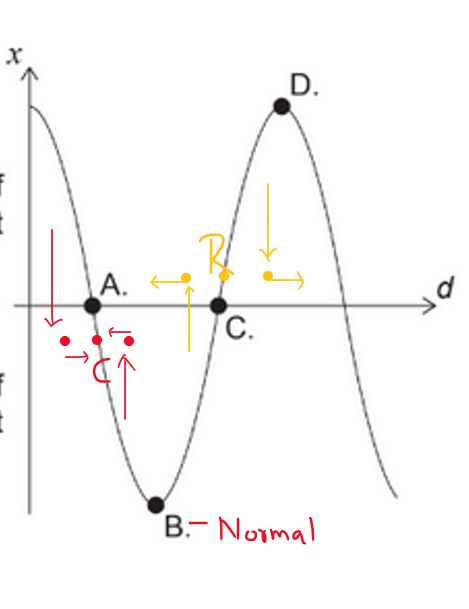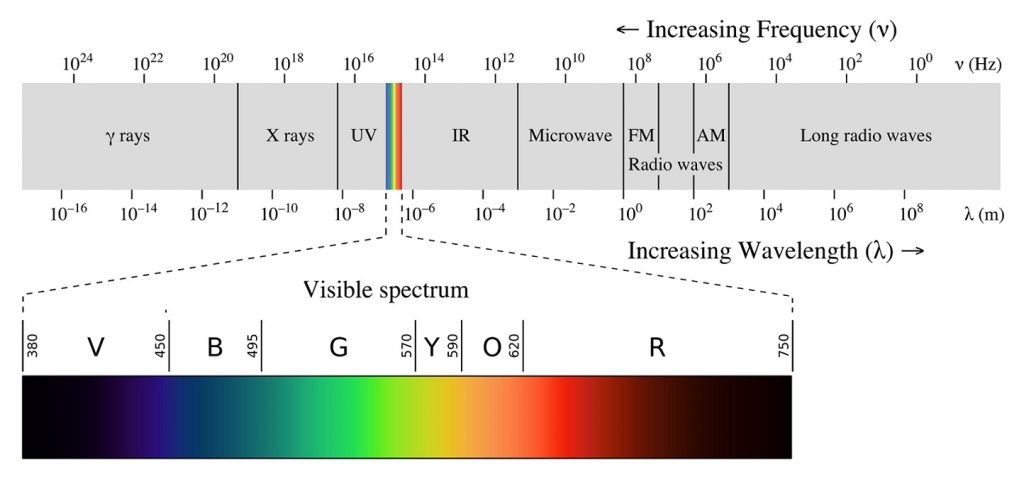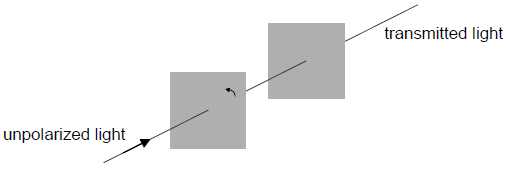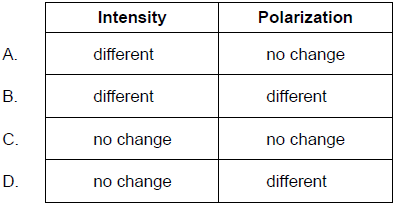Question
A wave is polarized. What must be correct about the wave?
It is a…
A. transverse wave.
B. longitudinal wave.
C. standing wave.
D. travelling wave.
▶️Answer/Explanation
Ans:A
A polarized wave is a:
A. transverse wave.
Polarization refers to the orientation of the oscillations of the wave. In a transverse wave, the oscillations are perpendicular to the direction of wave propagation, and this is the type of wave that can be polarized. Longitudinal waves, on the other hand, have oscillations parallel to the direction of wave propagation and cannot be polarized in the same way. Standing and traveling waves are characteristics related to the motion and behavior of waves and are not directly related to polarization.
Question
A longitudinal wave is travelling through a medium. The variation with distance d of the displacement x of the particles in the medium at time t is shown.
Which point is at the centre of a compression?

▶️Answer/Explanation
Ans:A
Suppose three molecule at closest to A and C.

A – Compress
B- Normal pressure point
C- Rarefraction
D- Normal pressure point
A transverse travelling wave has an amplitude \({x_0}\) and wavelength \(\lambda \). What is the minimum distance between a crest and a trough measured in the direction of energy propagation?
A. \(2{x_0}\)
B. \({x_0}\)
C. \(\lambda \)
D. \(\frac{\lambda }{2}\)
Answer/Explanation
Markscheme
D
In a transverse wave the wavelength λ is defined as the distance between two consecutive crests or troughs.
A trough exists in between two consecutive crests and a crest exists between two consecutive troughs.
Hence the distance between a crest and the immediate trough = half of the wavelength i.e. λ/2
Which of the following electromagnetic waves has a frequency greater than that of visible light?
A. Ultraviolet
B. Radio
C. Microwaves
D. Infrared
Answer/Explanation
Markscheme
A

Question
A beam of unpolarized light is incident on the first of two parallel polarizers. The transmission axes of the two polarizers are initially parallel.

The first polarizer is now rotated about the direction of the incident beam by an angle smaller than 90°. Which gives the changes, if any, in the intensity and polarization of the transmitted light?

Answer/Explanation
Markscheme
A
Ref :https://www.iitianacademy.com/ib-dp-physics-topic-4-waves-4-3-wave-characteristics-study-notes/

Intensity of light changes but still it remained polarised.